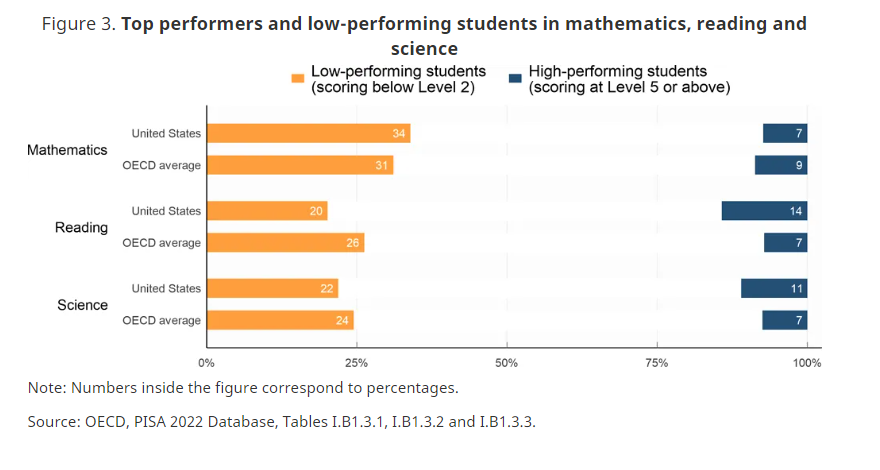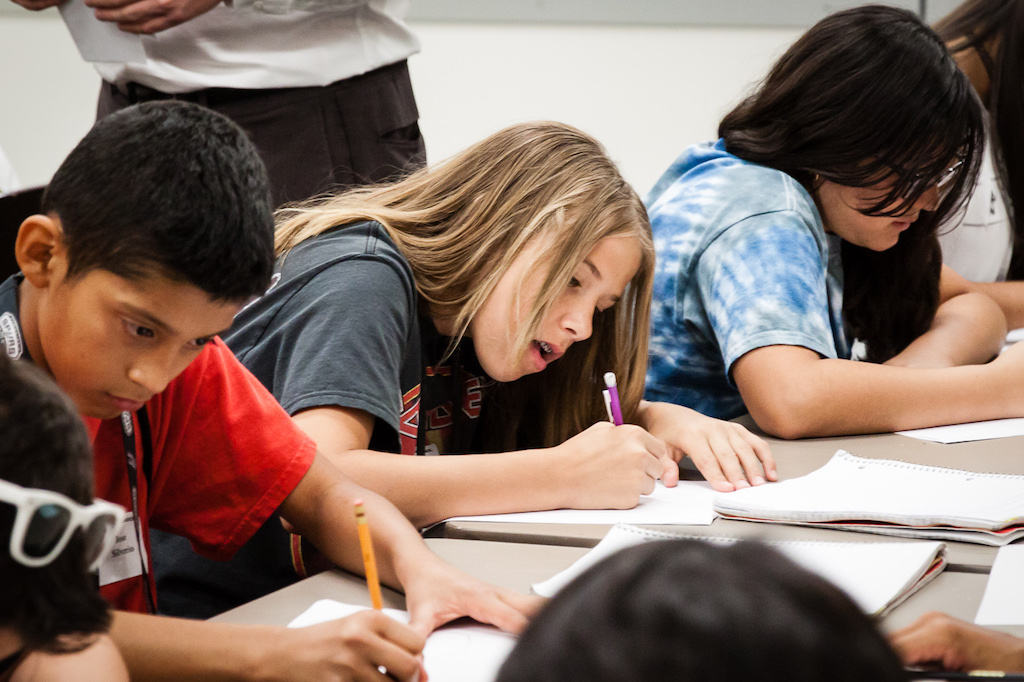U.S. high school sophomores’ math proficiency has declined to the lowest levels on record, as evidenced by the latest international assessment results released Tuesday. The Program for International Student Assessment (PISA), which tests 15-year-olds worldwide, saw American students’ average scores drop to 465 out of a possible 1,000 points, a 13-point decrease from 2018 and below the international average of 472.
This marks a continued downward trend for the U.S., with the scores falling 18 points since the OECD-coordinated test was first broadly administered in 2003. According to the National Center for Education Statistics (NCES), the 2022 performance placed U.S. students behind their peers in 33 other nations, although countries like Poland, Slovenia, and Norway experienced even steeper declines.

Peggy Carr, NCES commissioner, expressed concern over the global challenge in mathematics, with PISA average scores in math, science, and reading all showing significant drops since 2000. However, the U.S. saw some improvement in reading and science, moving up to sixth from eighth in reading since 2018 and to 10th in science, up from 11th.
Despite the pandemic’s disruption to in-person learning, Carr observed that the decline in PISA scores wasn’t strongly correlated to the duration of school closures. The assessment delay due to COVID-19 hasn’t been linked to the lower performance, as the U.S. maintained or improved its rankings in all three PISA categories—reading, math, and science—amidst widespread educational challenges.
Education Secretary Miguel Cardona highlighted the U.S.’s slight advancement in global rankings as a positive outcome, attributing it to President Biden’s educational investments. However, he acknowledged the need for continued work to bolster student success.
The National Education Association has emphasized that while test scores are not the sole indicator of student capabilities, the results underscore the necessity for more substantial investment in American education. NEA president Becky Pringle pointed to high-achieving nations that prioritize funding for student and educator support, suggesting that similar investments in the U.S. could lead to better student outcomes.












